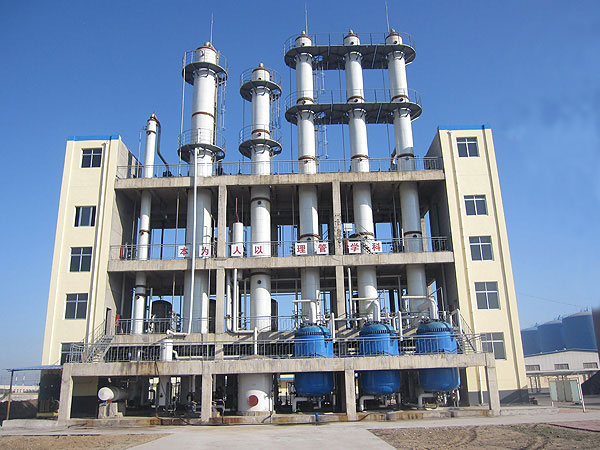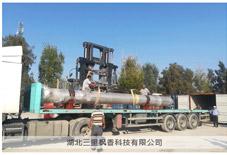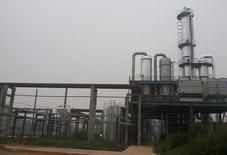There are 4 main prevailing processes for ethyl acetate production, i.e. Direct Esterification Process, Acetaldehyde Condensation Process, Ethanol Dehydration Process and Acetic Acid-Ethylene Addition Process. Each process has its advantages and its applicable services. Our process is based on reactive-distillation esterification, which is mature, low costing and suitable for those with acetic acid feedstock.
لا شيء
Typical Product Specification
S/N | Item | Unit | Index |
| 1 | Purity* | % wt | ≧99.5 |
| 2 | Ethanol | % wt | ≦0.20 |
| 3 | Moisture | % wt | ≦0.10 |
| 4 | Acidity as per CH3COOH | % wt | ≦0.005 |
| 5 | Color | Pt-Co Unit | ≦10 |
| 6 | Density (20oC) | g/cm3 | 0.897-0.902 |
| 7 | Evaporation Residue | % wt | ≦0.005 |
| 8 | Odour | / | meeting typical odor, smelly odor free, residue odor free |
*A higher ethyl acetate purity over 99.7% can be achieved if needed. Pls contact us for details.
(Contact Us)
Performance
Unit Consumption
S/N | Item | Consumption Rate |
| 1 | 95% vol Ethanol
(mt/ mt@ 99.5% ethyl acetate) | 0.58 |
| 2 | 99.50% wt Acetic Acid
(mt/ mt@ 99.5% ethyl acetate) | 0.695 |
| 3 | Catalyst
( content by weight) | 2.7% for the first load |
| 4 | Steam
(mt/ mt@ 99.5% ethyl acetate) | 2.5 |
| 5 | Electricity
(KWH/ mt@ 99.5% ethyl acetate) | 30 |
| 6 | Circulating Water
(mt/ mt@ 99.5% ethyl acetate) | 120 |
Simplified Process Flow Diagram
This diagram gives you a rough idea of how our ethyl acetate plant is configured.
















